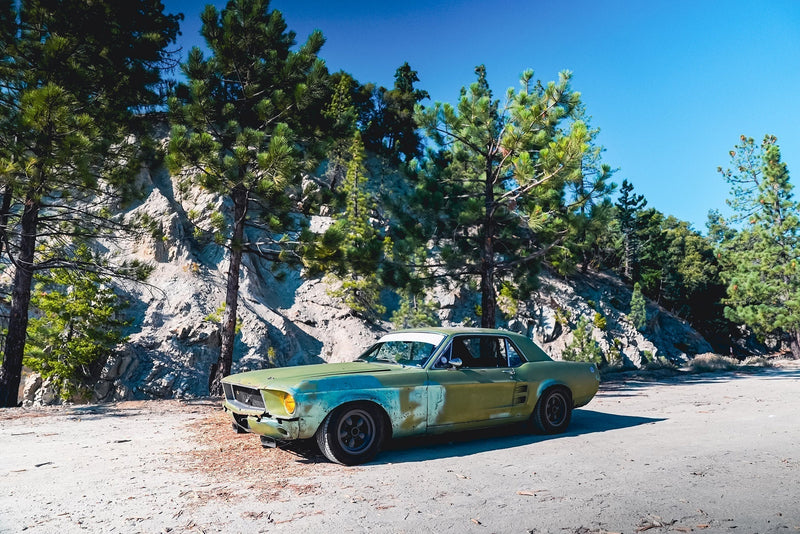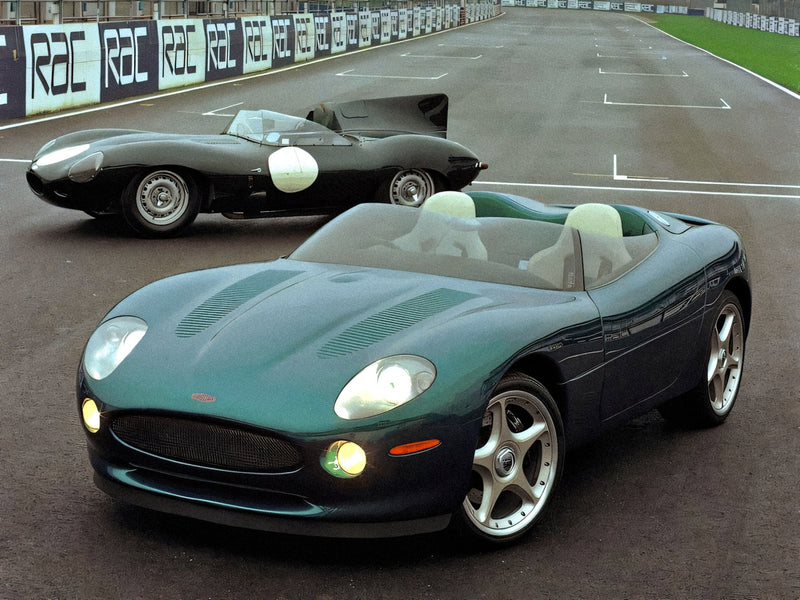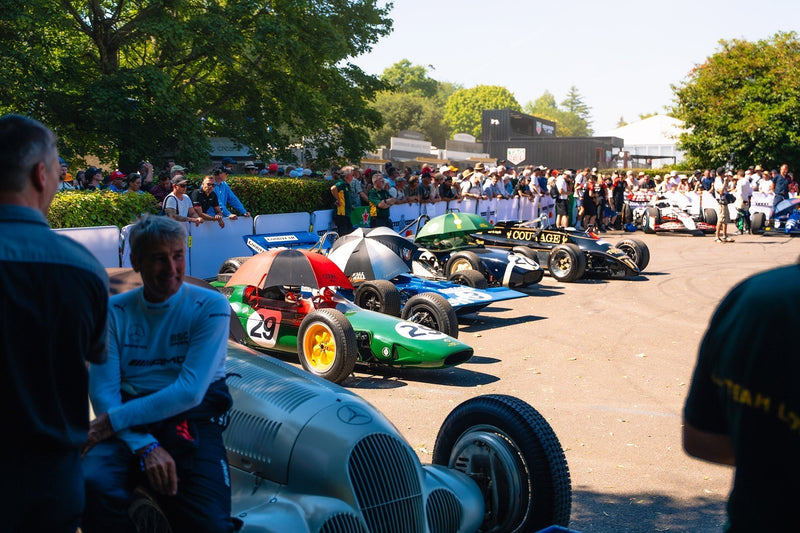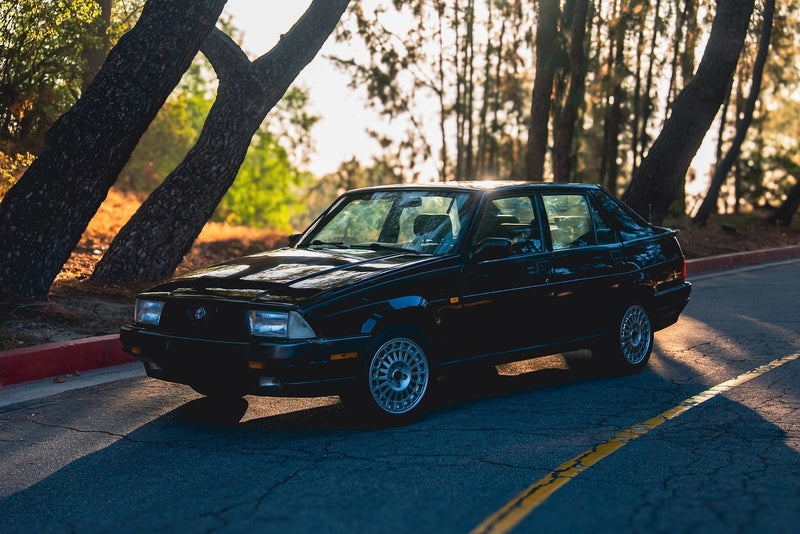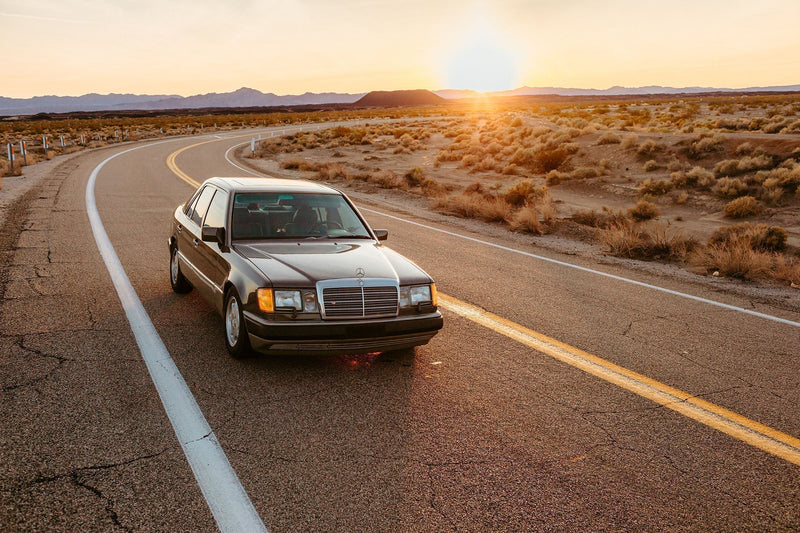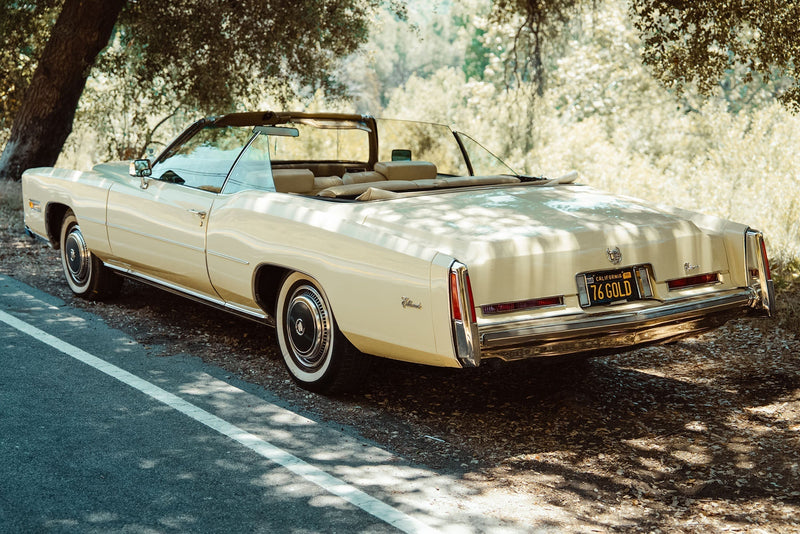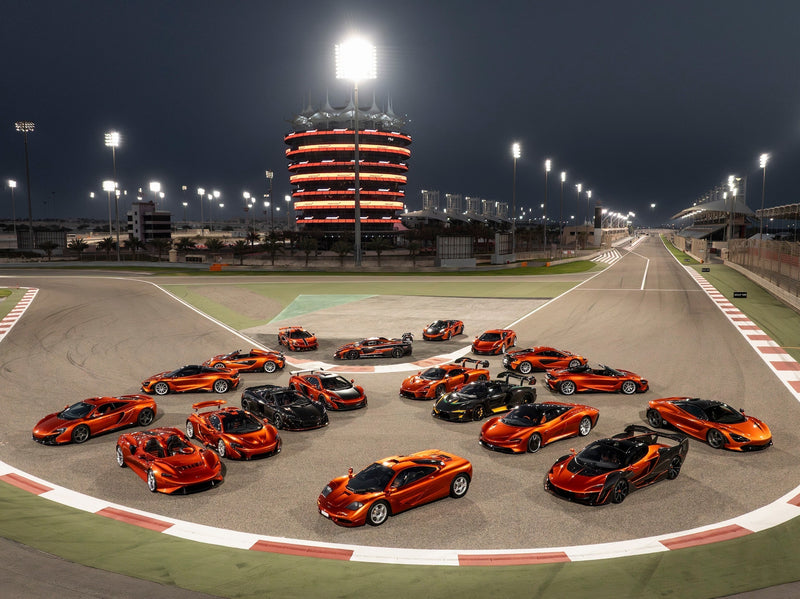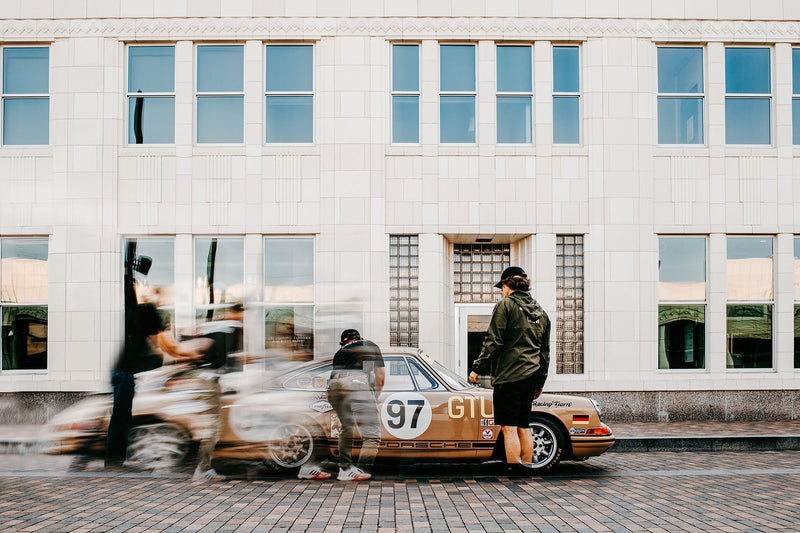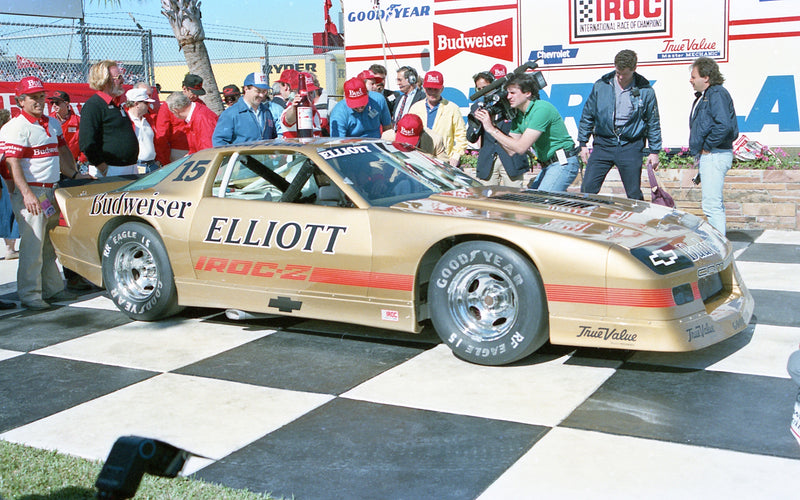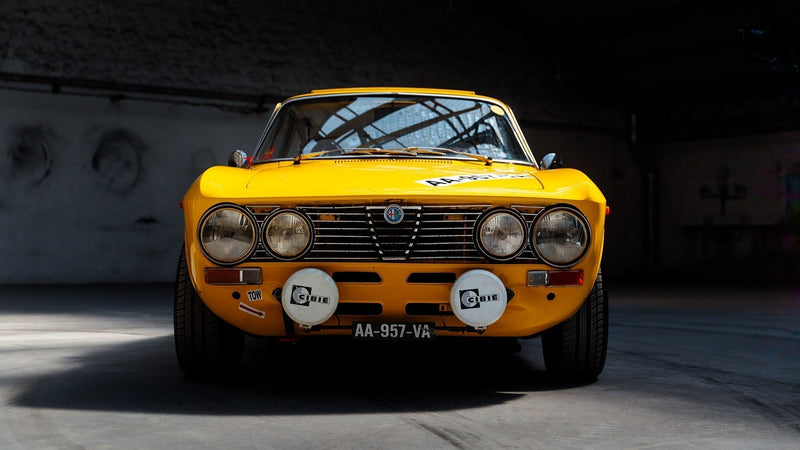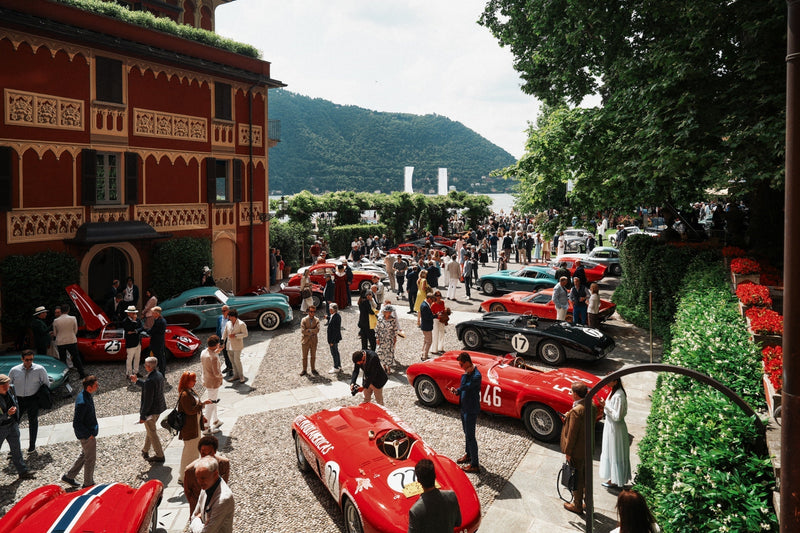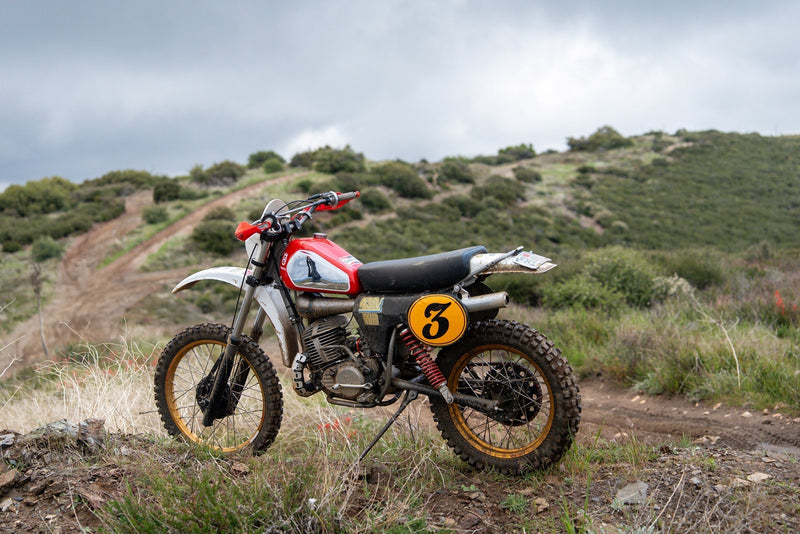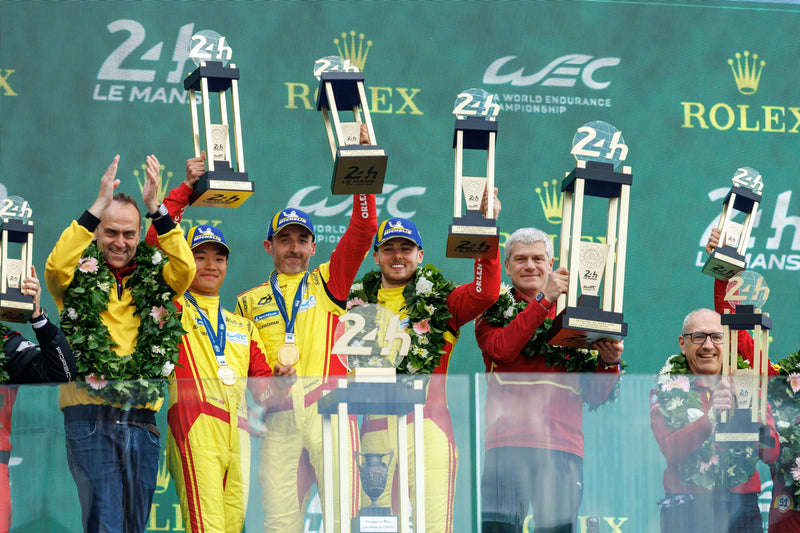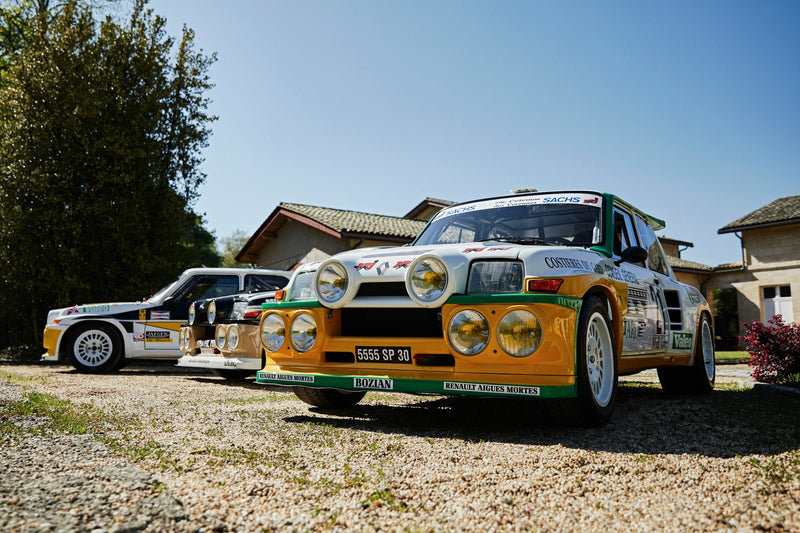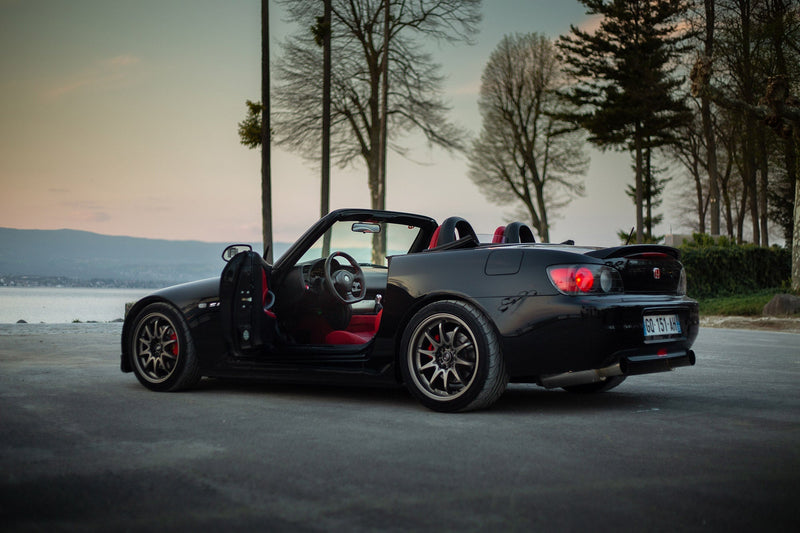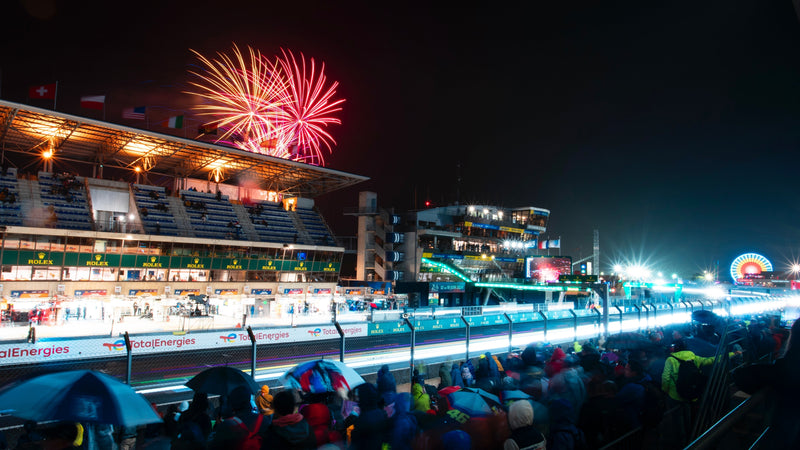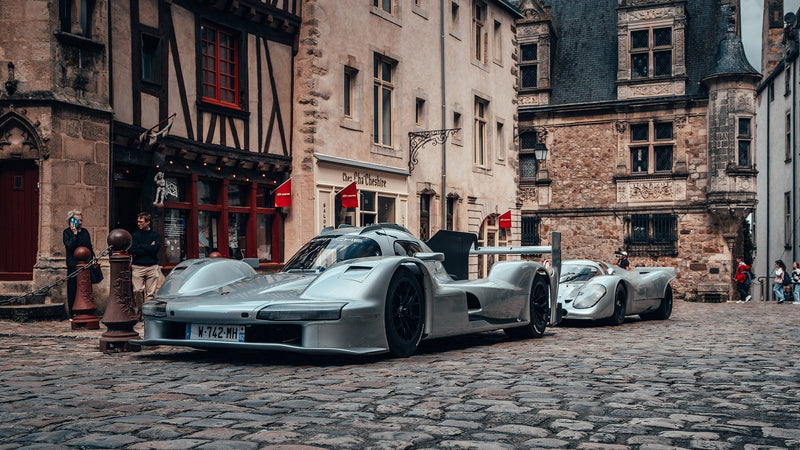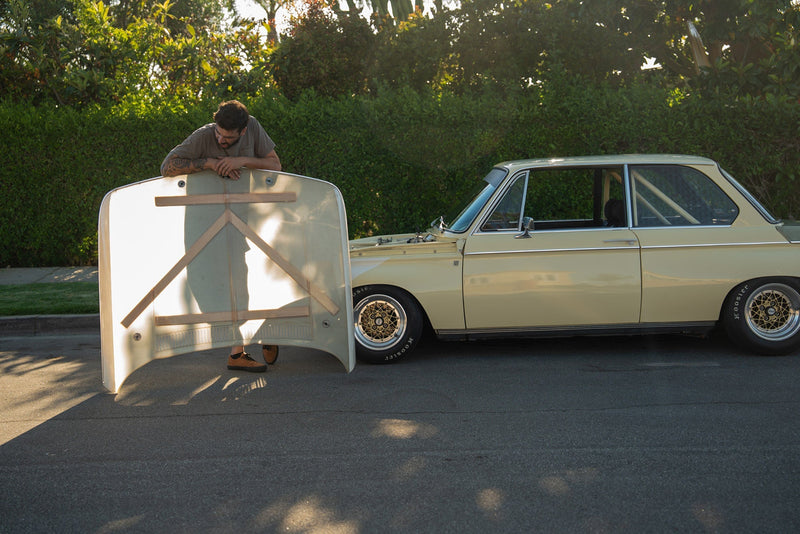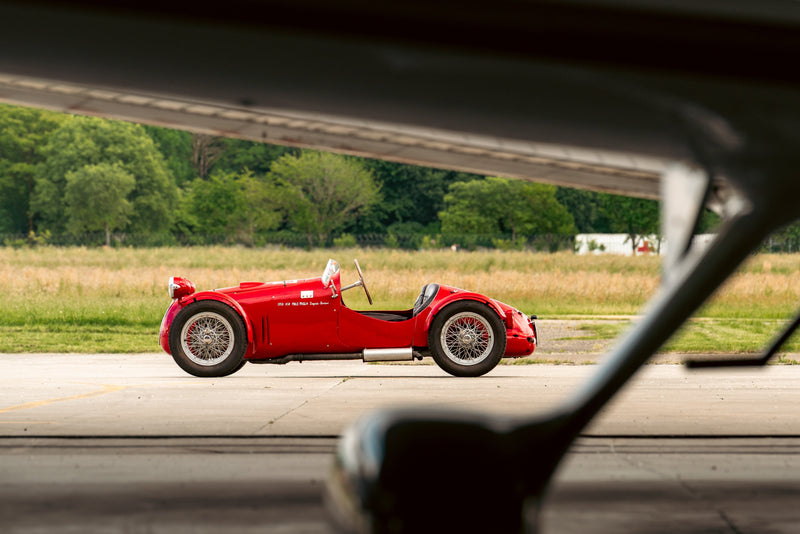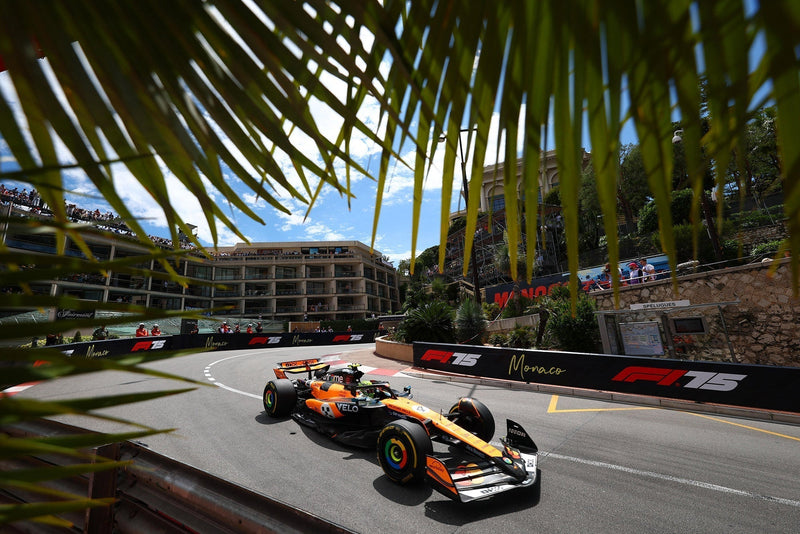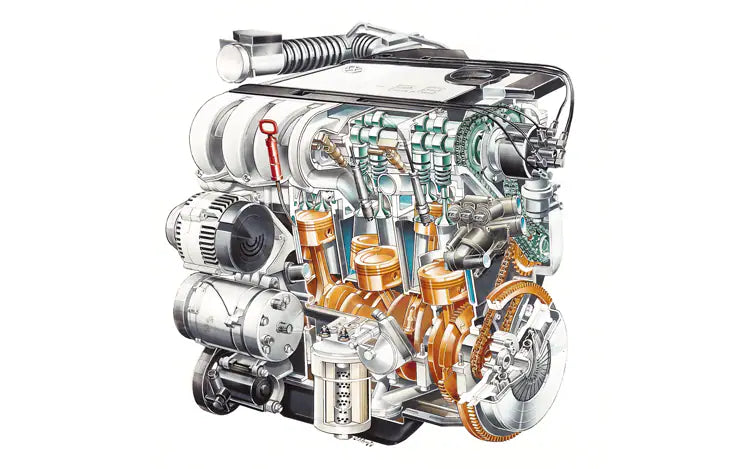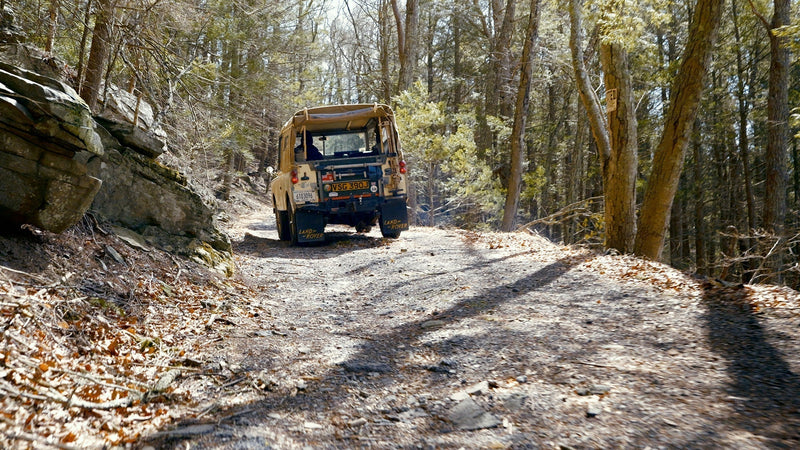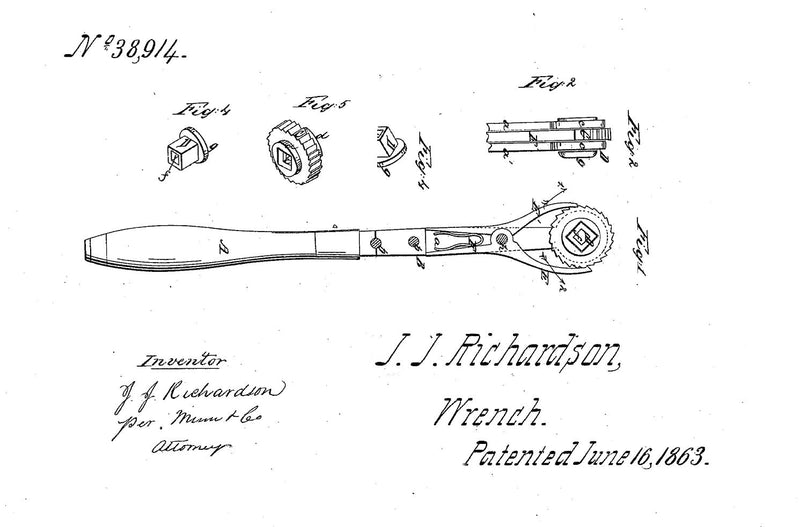As much as I aspire to be, we can’t all be walking automotive encyclopedias, and besides seeing the famousCavallino Rampante on its flanks, I had no idea what it was at first glance.
It’s a Ferrari 246 S Dino. With lineage back to the iconic 250 Testarossa, it debuted with a brand new, and quite unusual V6 engine also used in Formula 1. it was the first V6 engine in that series, fitted to the 246 F1, and was the first V6 to win a Grands Prix. The team didn't hide its small revolution in engine technology either, with the three Weber carburettors sticking right out of the hood. The engine was incredibly complex and made for a lighter and nimbler car than its V12 contemporaries, but even sports car aces Phil Hill and Wolfgang von Trips couldn't best the Porsches at the Targa Florio in 1960.



The 246 S Dino ultimately wasn't competitive enough for Enzo Ferrari, and the few copies of the car that existed were swiftly given to privateers, many of which left Ferraris possession with a retrofitted V12. Some even left with a completely different name, repackaged as the 250 Testarossa.
This particular example found its homeat NART , where it took first in class at Sebring alongside some smaller victories, with the Rodriguez brothers behind the wheel—not bad for a car Mr. Ferrari deemed unworthy. During this time, it also went over to the famed coachbuilders at Fantuzzi for a new body shell. It returned with a very different profile to the standard silhouette, featuring a high, boxy rear end.
After its career at NART, the car went between privateers, including Pink Floyd's manager. These days, you'll find it tearing around the great European circuits once more, with a victory in the headline Sussex Trophy at Goodwood in 2015, as well as appearances at events like the Le Mans Classic.
It's strange that cars with so much value and history today were once thrown aside without much thinking, but I'm incredibly glad so many old race cars are still around, in one form or another. This one has experienced a lot of changes, and more than a handful of owners in its life.
But here it is—still winning races, still looking stunning, and still stopping people like me in our tracks.















